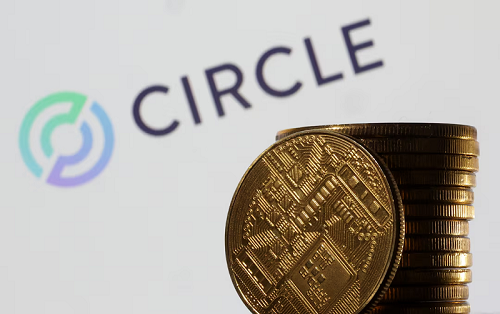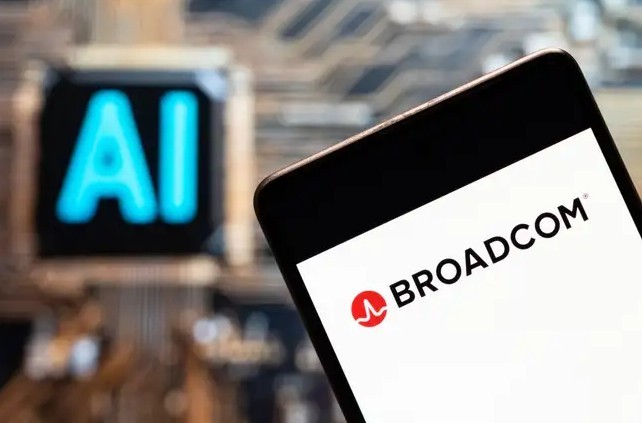Ethereum Proposes Native Rollups, Dynamic Fees Amid Solana's Developer Surge
Ethereum's latest price was $1792.53, down 1.447% in the last 24 hours. Ethereum researchers have been exploring ways to enhance the scalability and security of the Ethereum network through the implementation of rollups, which are Layer 2 solutions designed to process transactions off the main chain. However, current rollups often rely on centralized mechanisms such as multisig wallets or security councils, which introduce points of failure in an otherwise decentralized system. To address this issue, Ethereum researcher Drake Justin proposed the concept of "native rollups," which aim to allow rollups to inherit the full security of Ethereum's Layer 1 blockchain. This proposal introduces an "EXECUTE precompile," a highly efficient smart contract within the Ethereum protocol that verifies rollup transactions directly through Ethereum validators, eliminating the need for separate security mechanisms.
The EXECUTE precompile checks the validity of rollup transactions by verifying the trace of transactions and state changes, ensuring that the execution uses the correct amount of gas. This approach can be implemented in two main ways: the re-execution approach, where Ethereum validators re-execute the rollup transactions, and the SNARK-based approach which uses zero-knowledge proofs to verify execution without redoing all the work. The proposal suggests deploying EXECUTE with a low initial gas cap, allowing validators to re-execute transactions initially, and then switching to a SNARK-based approach for larger batches. This would provide users with instant finality, simpler bridges, and fully trustless Layer 2 solutions.
The benefits of native rollups are significant. For users, it means true security, as assets on Layer 2s would be as secure as on Ethereum Layer 1. There would be no need for trusted operators, and Layer 2s could interact with Layer 1 contracts in real-time. For developers, building a rollup would become dramatically simpler, with automatic updates and lower costs. For Ethereum, this would mean more fee revenue, increased ETH value, and forward compatibility with existing Layer 2s. The proposal also introduces the concept of "Based Rollups," which decentralize and secure the Layer 2’s sequencing layer by tying it directly to Ethereum's Layer 1 block production, enhancing censorship resistance and MEV protection.
In addition to the rollup proposal, Ethereum community members Kevin Owocki and Devansh Mehta proposed a dynamic fee structure for the Ethereum application layer. This proposal aims to balance revenue generation for app builders and fairness in fee extraction. The fee structure uses a square root function that proportionally lowers the percentage of fees as the funding capital allocated to a particular project grows. For smaller funding amounts, the fee provides proportionally higher returns, making it worthwhile for smaller projects. Once a project's funding pool crosses the $10 million level, fees are capped at 1%, ensuring that small app builders can develop decentralized applications without excess fees while encouraging project and funding growth.
This proposal reflects the growing calls to reform fee structures and value accrual mechanisms to maintain Ethereum's economic viability against competing networks. The competition among blockchain platforms is intensifying, with the Solana ecosystem onboarding more developers than Ethereum in 2024. Solana attracted 7,625 new developers, compared to Ethereum’s 6,456, highlighting a significant shift in developer sentiment. This trend suggests that while Ethereum remains the leading platform for decentralized applications, the landscape is becoming increasingly competitive. Solana’s aggressive outreach and developer incentives are making it a formidable alternative, signaling a potential shift in application deployment and making Ethereum’s adjustments more critical than ever.
As competition grows, Ethereum is also witnessing a decline in on-chain activity. According to analysis, Ethereum’s transaction fees dropped to a five-year low in April 2025, revealing a decrease in demand for smart contract operations. This downward trend has led institutions to reconsider their ETH holdings, contributing to a broader sentiment shift within the market. With traditional finance showing increasing interest in decentralized solutions, Ethereum’s current challenges emphasize the need for an evolution in its economic policies. Without a clear catalyst for improvement, investor confidence may continue to wane, indicating that Ethereum must adapt swiftly to maintain its lead.
The introduction of a dynamic fee structure represents a forward-thinking response to the pressures facing Ethereum and its developers. By creating a more equitable environment for app builders while maintaining economic viability, this proposal could pave the way for increased participation and innovation in the Ethereum ecosystem. As competition from platforms like Solana continues to rise, careful implementation of these proposed changes will be essential for Ethereum to sustain its position as the leading platform for decentralized applications. The proposal for native rollups and dynamic fee structures highlights Ethereum's commitment to innovation and its efforts to address the challenges posed by competing networks, ensuring its continued relevance and growth in the blockchain space.










